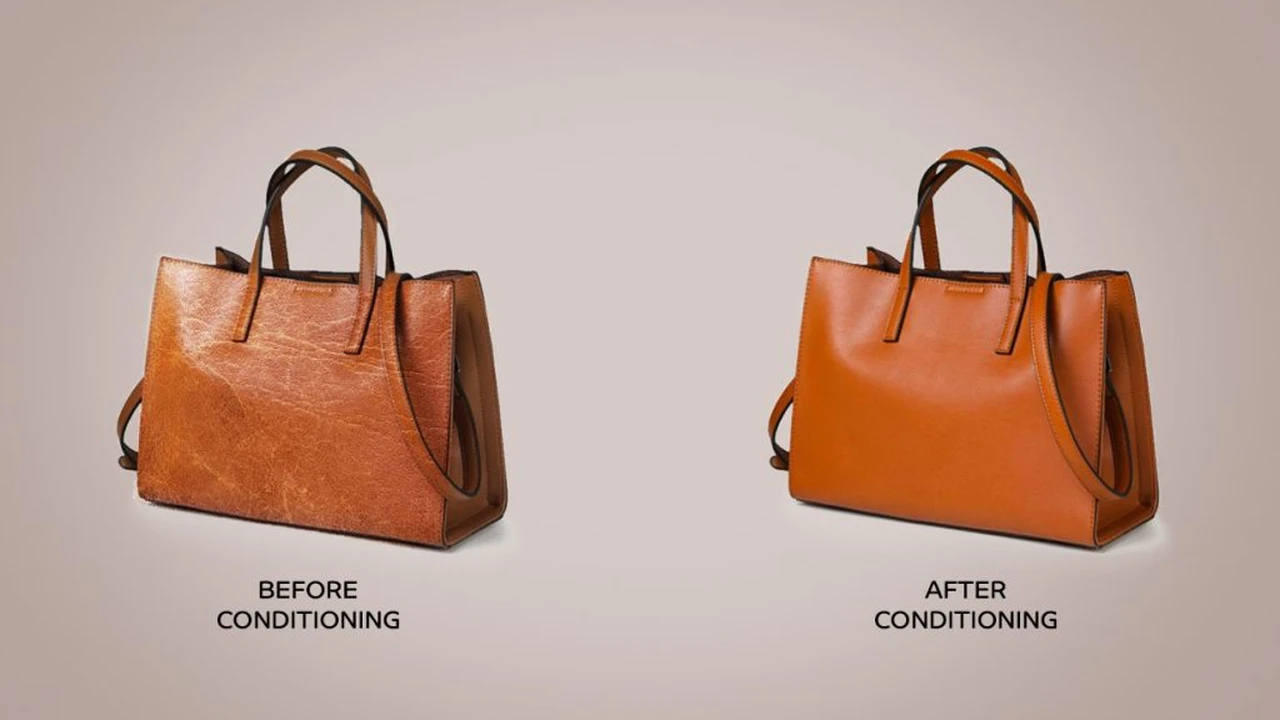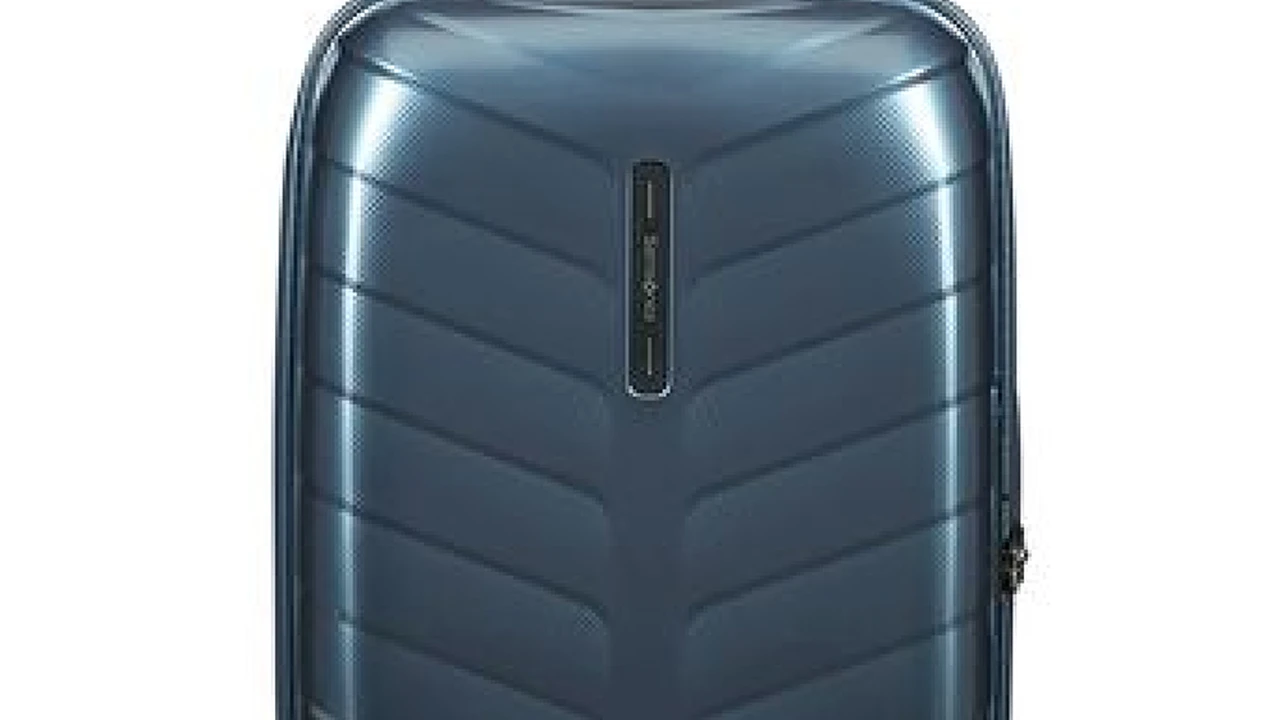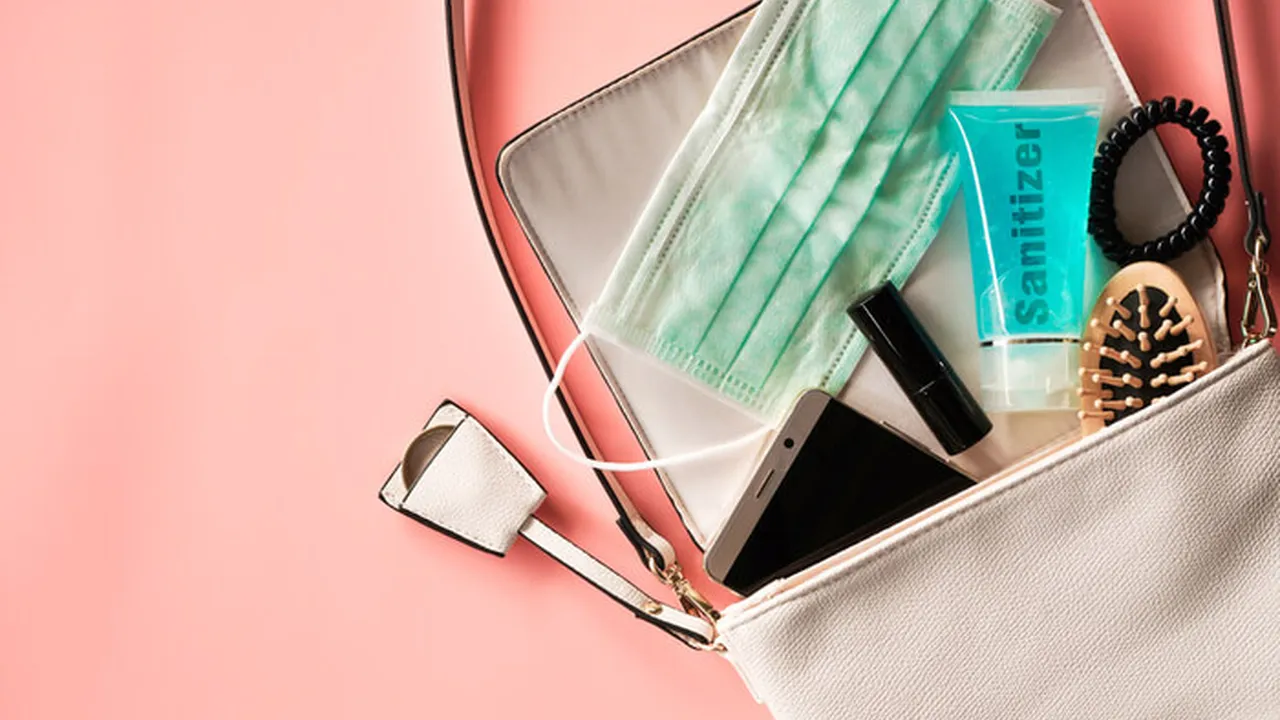Conditioning Leather Handbags: Keeping Leather Supple and Soft
Leather handbags are a timeless accessory, but they require proper care to maintain their beauty and longevity. This article delves into the essential practice of conditioning leather handbags, explaining how to keep the leather supple and soft. We'll explore different types of conditioners, application techniques, and product recommendations to help you choose the best option for your beloved handbag. Learn how to protect your investment and keep your leather looking its best for years to come.

Let's face it, a gorgeous leather handbag is an investment. And like any investment, you want to protect it! One of the best ways to do that is through regular conditioning. Think of it like moisturizing your own skin - it keeps the leather supple, prevents cracking, and keeps it looking fabulous. So, grab your favorite bag and let's dive into the world of leather conditioning!
Why Conditioning Your Leather Handbag is Crucial Leather Care and Longevity
Okay, so why bother with conditioning? Well, leather is a natural material, and over time, it can dry out and become brittle. Exposure to sunlight, humidity, and even just everyday use can strip the leather of its natural oils. This leads to cracking, fading, and an overall dull appearance. Conditioning replenishes those oils, keeping the leather soft, flexible, and resistant to damage. It's like giving your bag a spa day!
Choosing the Right Leather Conditioner for Your Handbag Type and Needs
Not all leather conditioners are created equal! There are different types designed for different types of leather. Using the wrong conditioner can actually do more harm than good. Here's a breakdown:
- Cream Conditioners: These are generally a good all-around option for most smooth leathers. They're easy to apply and absorb quickly.
- Oil Conditioners: These are best for dry, cracked, or heavily used leather. They penetrate deeply to restore moisture and suppleness. However, they can sometimes darken the leather, so test in an inconspicuous area first.
- Wax Conditioners: These provide a protective barrier against water and stains. They're a good choice for bags that are exposed to the elements.
- Spray Conditioners: These are convenient for quick touch-ups and can be used on a variety of leather types.
Key Considerations:
- Leather Type: Is your bag made of full-grain, top-grain, suede, or patent leather? Each type requires a specific conditioner.
- Color: Some conditioners can alter the color of the leather, especially lighter shades. Always test in a hidden area first.
- Ingredients: Look for conditioners that are made with natural ingredients and are free of harsh chemicals.
Step-by-Step Guide to Conditioning Your Leather Handbag: Application Techniques and Best Practices
Ready to get started? Here's a simple step-by-step guide to conditioning your leather handbag:
- Clean the Bag: Before you condition, you need to clean your bag to remove any dirt, dust, or grime. Use a soft, damp cloth and a mild leather cleaner.
- Test the Conditioner: Apply a small amount of conditioner to an inconspicuous area of the bag, such as the bottom or inside pocket. Wait 24 hours to see if there are any adverse reactions.
- Apply the Conditioner: If the test is successful, apply a thin, even layer of conditioner to the entire bag using a soft cloth or applicator pad.
- Massage it In: Gently massage the conditioner into the leather using circular motions. Pay special attention to areas that are prone to cracking or drying out.
- Let it Absorb: Allow the conditioner to absorb into the leather for at least 30 minutes.
- Buff the Bag: Use a clean, soft cloth to buff the bag and remove any excess conditioner.
Recommended Leather Conditioner Products: Reviews, Comparisons, and Pricing
Now, let's talk products! Here are a few of my personal favorites, along with some comparisons and price points:
- Leather Honey Leather Conditioner: This is a classic for a reason! It's a thick, oil-based conditioner that's perfect for restoring dry, cracked leather. It's a bit more potent, so use sparingly. Price: Around $20 for an 8oz bottle.
- Bickmore Bick 4 Leather Conditioner: This is a great all-around conditioner that's safe for most leather types. It's a cream formula that absorbs quickly and doesn't leave a greasy residue. Price: Around $15 for an 16oz bottle.
- Obenauf's Heavy Duty Leather Preservative: If you live in a harsh climate or use your bag frequently outdoors, this is the conditioner for you. It provides excellent protection against water, dirt, and UV rays. It's a wax-based formula, so it can slightly darken the leather. Price: Around $25 for an 8oz bottle.
- Apple Brand Leather Care Conditioner: A popular choice for luxury handbags, this conditioner is gentle and effective. It's a cream formula that's specifically designed for delicate leathers. *Price: Around $30 for an 8oz bottle.*
Comparison Table:
| Product | Type | Best For | Price |
|---|---|---|---|
| Leather Honey | Oil-based | Dry, cracked leather | $20 |
| Bickmore Bick 4 | Cream | All-purpose | $15 |
| Obenauf's | Wax-based | Outdoor protection | $25 |
| Apple Brand | Cream | Delicate Leathers | $30 |
Understanding Leather Conditioner Ingredients: Natural vs Synthetic Options
Let's peek under the hood! Knowing what's *in* your leather conditioner is just as important as knowing *how* to use it. Here's the lowdown on ingredients:
- Natural Oils: Think mink oil, neatsfoot oil, lanolin. These are derived from animal sources and are excellent at replenishing the natural oils in leather. They can sometimes have a stronger odor.
- Plant-Based Oils: Coconut oil, shea butter, and aloe vera are popular plant-based options. They're often gentler on the leather and have a lighter scent.
- Waxes: Beeswax, carnauba wax, and other waxes provide a protective barrier against moisture and dirt.
- Synthetic Ingredients: Silicones, petroleum-based oils, and other synthetic ingredients can be cheaper and easier to formulate with, but they may not be as beneficial for the long-term health of the leather. They can also leave a greasy or sticky residue.
My recommendation? Opt for conditioners with mostly natural ingredients. They're generally safer for your bag and better for the environment.
Conditioning Frequency: How Often Should You Condition Your Leather Handbag?
So, how often should you be reaching for that conditioner? It depends on a few factors:
- Frequency of Use: If you use your bag every day, you'll need to condition it more often than if you only use it occasionally.
- Climate: Dry climates can dry out leather faster than humid climates.
- Leather Type: Some leathers are more prone to drying out than others.
General Guidelines:
- Every 3-6 Months: For bags that are used regularly and exposed to the elements.
- Every 6-12 Months: For bags that are used occasionally or stored in a climate-controlled environment.
Pro Tip: If your bag feels dry or looks dull, it's probably time for a conditioning session!
Leather Conditioner Application Scenarios: Everyday Use, Storage, and Post-Cleaning
Let's break down specific scenarios and how to adjust your conditioning routine:
- Everyday Use: A light conditioning every few months will help maintain the leather's suppleness and protect it from everyday wear and tear.
- Storage: Before storing your bag for an extended period, give it a thorough cleaning and conditioning. This will prevent the leather from drying out and cracking. Store it in a dust bag in a cool, dry place.
- Post-Cleaning: Cleaning can strip the leather of its natural oils, so always follow up with a conditioning treatment to restore moisture.
Troubleshooting Common Leather Conditioning Issues: Greasy Residue, Darkening, and Uneven Application
Oops! Did something go wrong? Don't panic! Here are some common issues and how to fix them:
- Greasy Residue: You probably used too much conditioner. Buff the bag vigorously with a clean, soft cloth to remove the excess.
- Darkening: Some conditioners can darken the leather, especially lighter shades. Unfortunately, there's not much you can do to reverse this. Always test in an inconspicuous area first!
- Uneven Application: Make sure you're applying the conditioner in a thin, even layer. If you notice any unevenness, buff the bag to blend the conditioner.
Specific Product Recommendations and User Reviews: Real-World Experiences
Let's get into some specific product recommendations based on real user reviews! Remember, everyone's experience can vary, but this should give you a good starting point.
- For Vintage Leather: Many users swear by Lexol Leather Conditioner for restoring vintage leather. It's known for its ability to penetrate deep into the leather and revive its suppleness. Reviewers often mention its effectiveness on older leather goods that have become stiff and dry. Price: Around $10 for an 16.9oz bottle.
- For Light Colored Leather: Cadillac Leather Lotion is a popular choice for light-colored leather handbags. It's a gentle formula that's designed to moisturize and protect without darkening the leather. Users appreciate that it doesn't leave a greasy residue. Price: Around $12 for an 8oz bottle.
- For Protecting Against Water: Nikwax Waterproofing Wax for Leather is designed for waterproofing and conditioning. It's a great option for bags you use in rainy or snowy weather. Reviewers note that it provides excellent water resistance without compromising the leather's breathability. *Price: Around $15 for a 4.2oz tube.*
The Impact of Conditioning on Leather Handbag Value: Maintaining Resale Value
Thinking about the future? Regular conditioning can actually help maintain the resale value of your leather handbag! A well-cared-for bag will always fetch a higher price than one that's neglected and damaged. Think of it as an investment in your investment!
Alternative Leather Care Products: Beyond Conditioners
Conditioner is key, but it's not the *only* player in the leather care game! Here are some other products to consider:
- Leather Cleaner: Essential for removing dirt, dust, and stains.
- Leather Protector Spray: Provides a barrier against water and stains.
- Leather Dye: For restoring faded or discolored leather.
- Leather Polish: Adds shine and protection to the leather.
DIY Leather Conditioner Recipes: Homemade Solutions and Their Effectiveness
Feeling crafty? You can actually make your own leather conditioner at home! Here's a simple recipe:
DIY Leather Conditioner:
- 1/2 cup olive oil
- 1/4 cup white vinegar
Mix the ingredients together and apply to the leather using a soft cloth. Let it absorb for 30 minutes, then buff with a clean cloth.
Effectiveness: While DIY conditioners can be a good option in a pinch, they may not be as effective as commercially available products. They also may not be suitable for all types of leather, so test in an inconspicuous area first.
The Environmental Impact of Leather Conditioners: Sustainable and Eco-Friendly Options
Let's talk green! When choosing a leather conditioner, consider the environmental impact of the ingredients and packaging. Look for products that are made with natural, sustainable ingredients and packaged in recyclable materials. Some brands even offer refill options to reduce waste.
Storing Your Leather Handbag Properly: Complementing Conditioning Efforts
Proper storage is just as important as conditioning! Here are a few tips:
- Store your bag in a dust bag to protect it from dust and scratches.
- Stuff the bag with tissue paper or bubble wrap to maintain its shape.
- Store the bag in a cool, dry place away from direct sunlight and heat.
Recognizing Signs of Leather Damage: When to Seek Professional Help
Sometimes, the damage is beyond what you can fix at home. Here are some signs that it's time to seek professional help:
- Deep cracks or tears
- Severe staining
- Mold or mildew growth
- Significant color loss
A professional leather repair specialist can assess the damage and recommend the best course of action.
So, there you have it! Everything you need to know about conditioning your leather handbag. With a little bit of care and attention, you can keep your bag looking beautiful for years to come. Now go give your favorite bag some love!
:max_bytes(150000):strip_icc()/277019-baked-pork-chops-with-cream-of-mushroom-soup-DDMFS-beauty-4x3-BG-7505-5762b731cf30447d9cbbbbbf387beafa.jpg)






